
Built in 1823, the Camellia House in the gardens of Wollaton Hall, designed by Sir Jeffry Wyatville, is Grade II listed and one of the earliest cast iron glasshouses in the country.
In 1983, extensive repairs were made following vandalism.


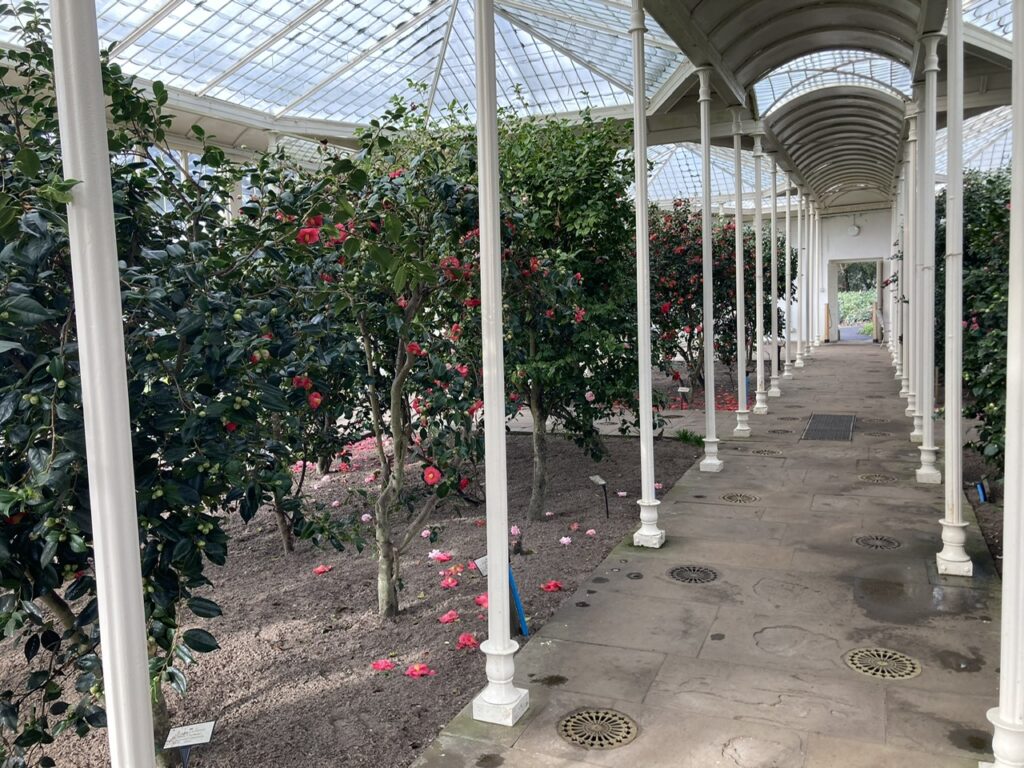
The slender cast-iron Doric columns, which act as rainwater downpipes, are a testament to the ingenuity of early greenhouse construction.
The following images are from Graham Woodward’s Flickr collection:
Camellia Gallery
Camellias are flowering shrubs that typically bloom in the winter and early spring. They prefer well-drained soil and partial shade and should be protected from harsh winds and frost, making the Camellia house a perfect environment.
The Wollaton collection contains over 25 specimens, some of which are over 100 years old.
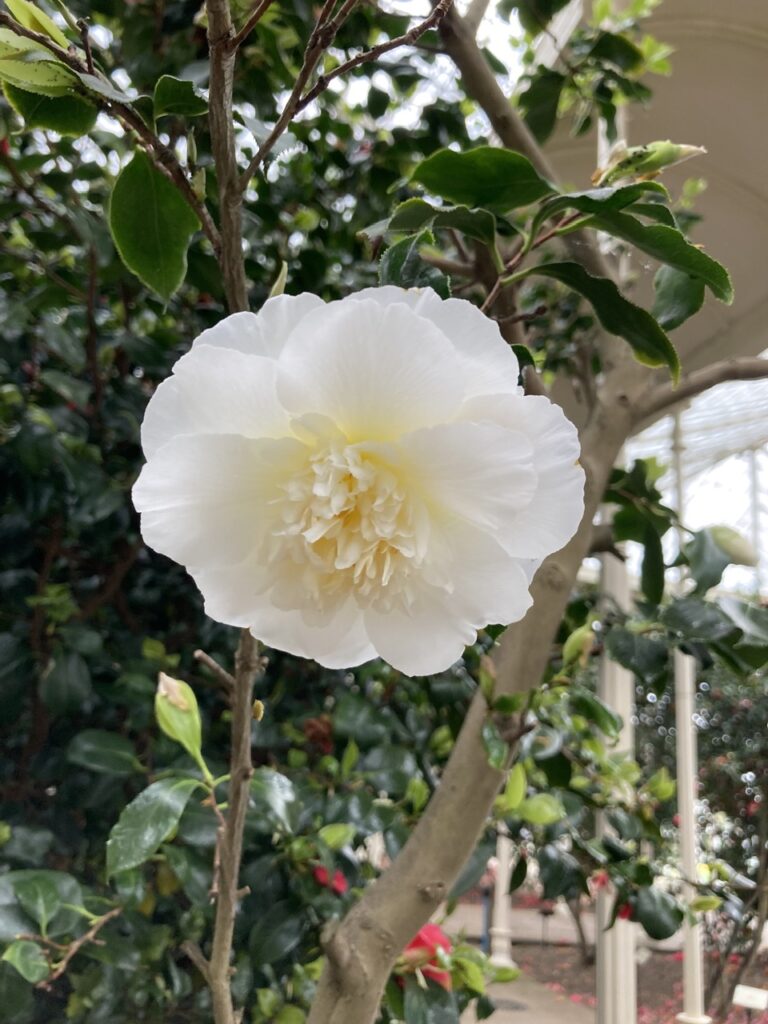
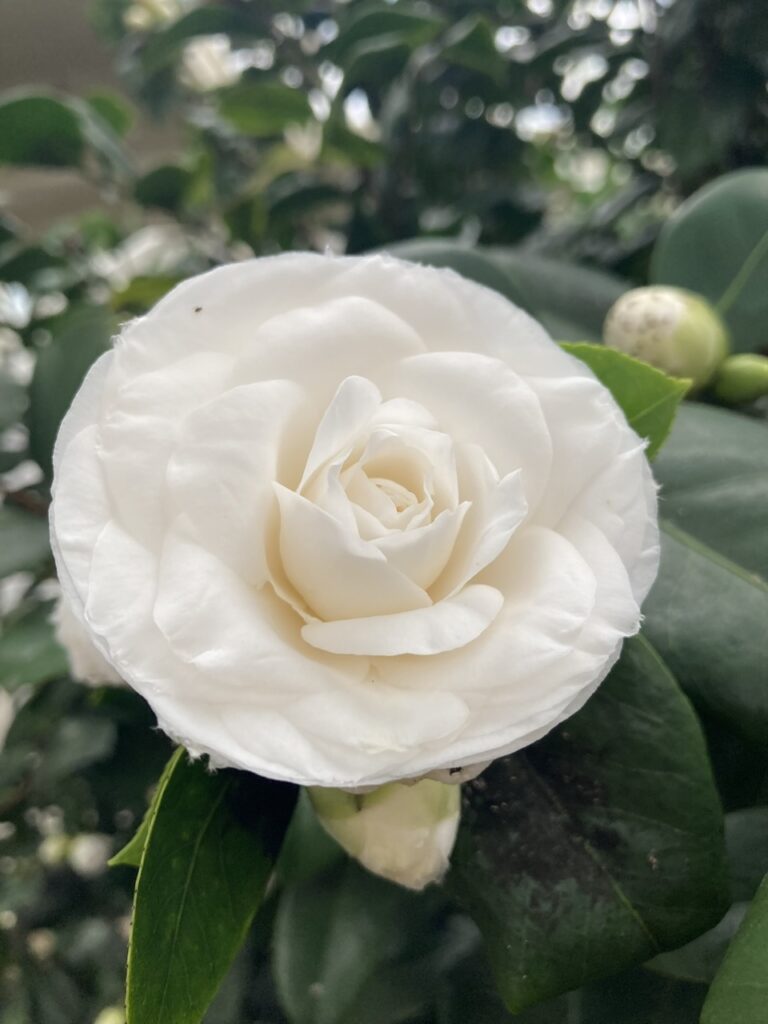
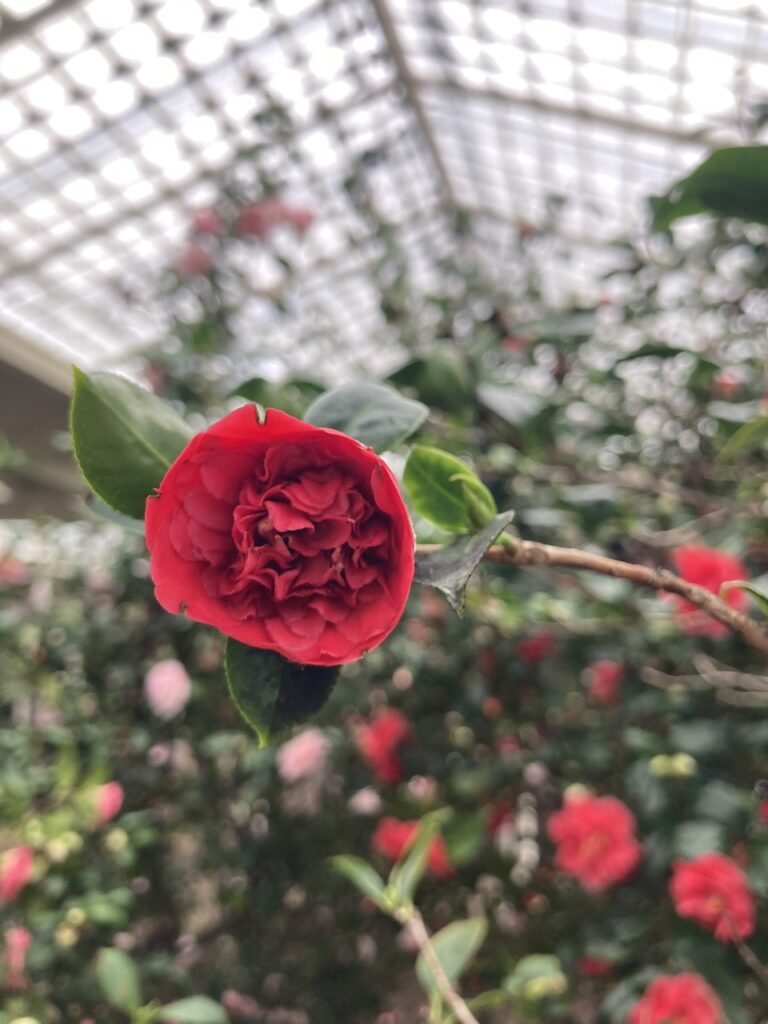

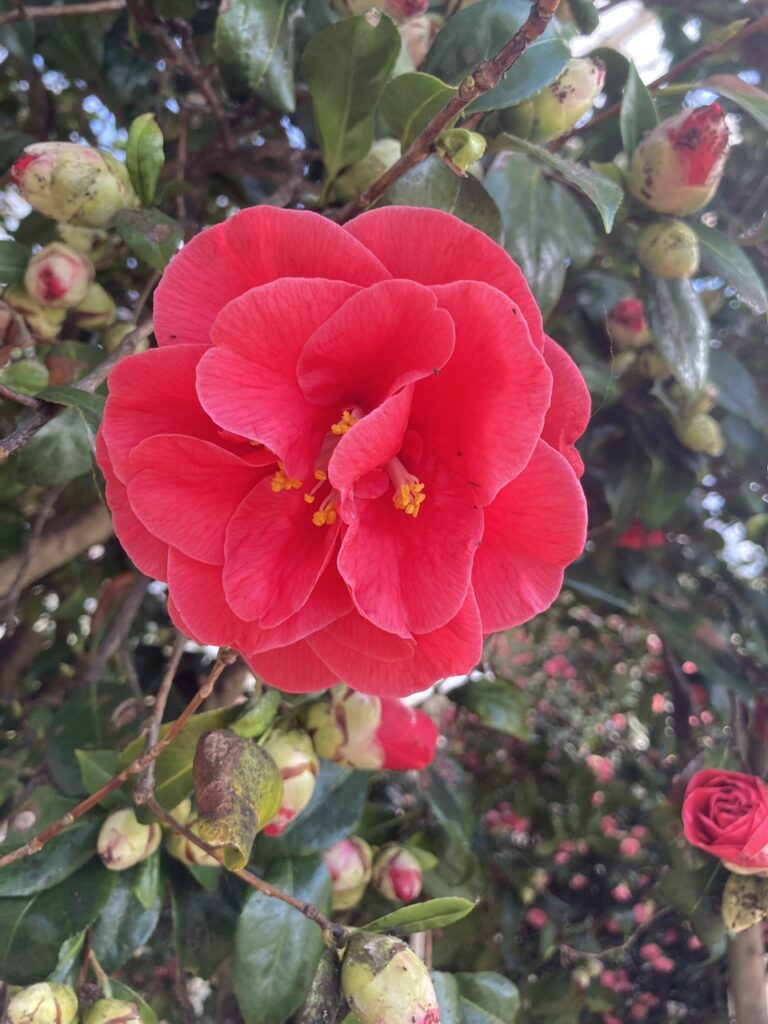

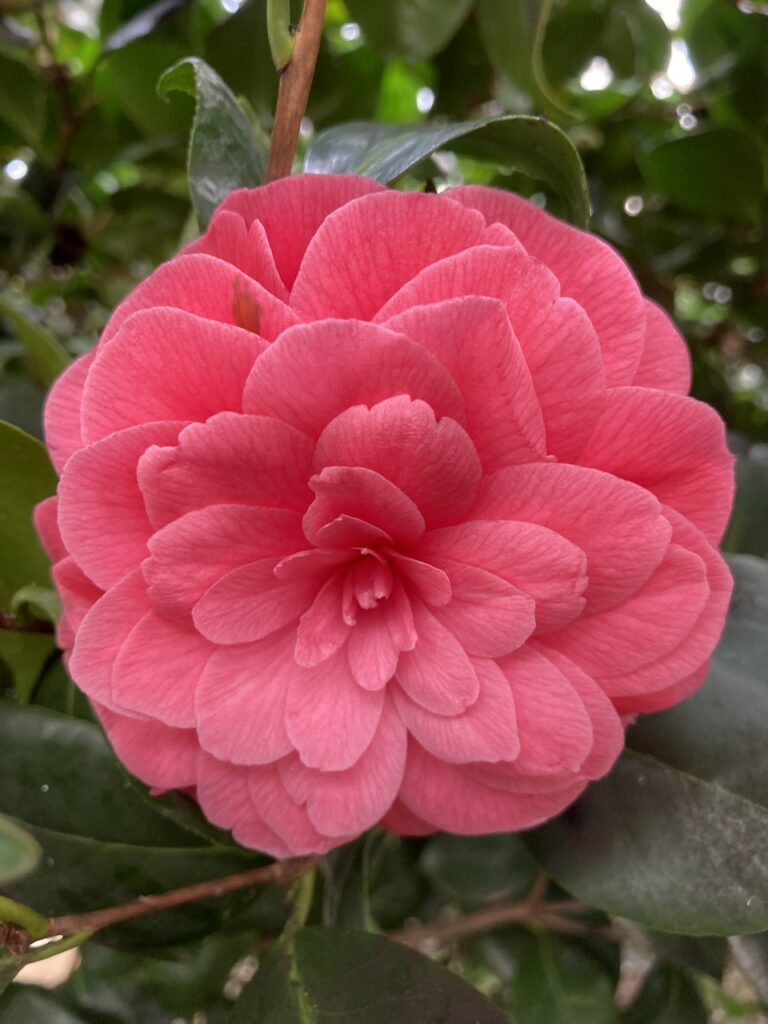
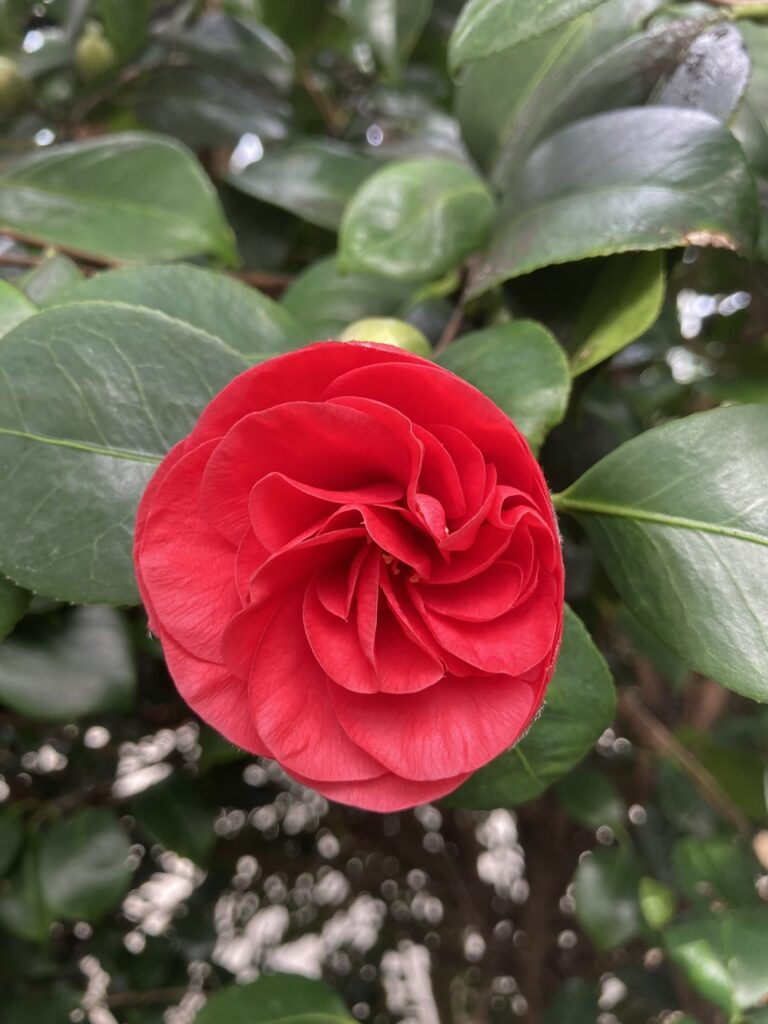
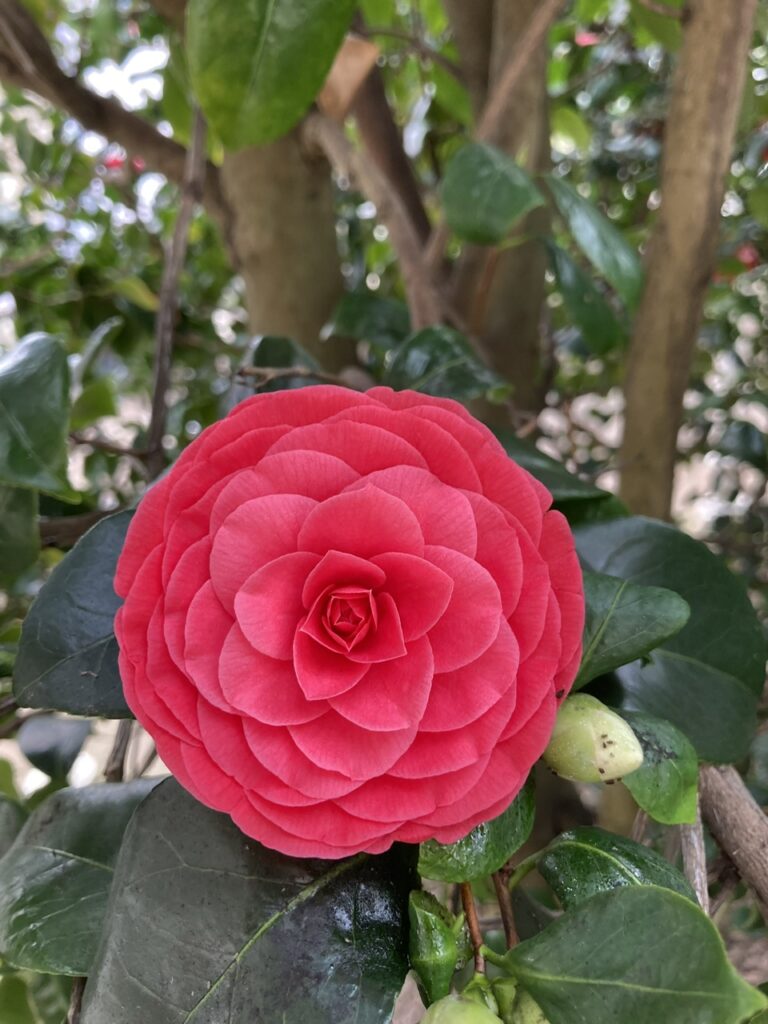

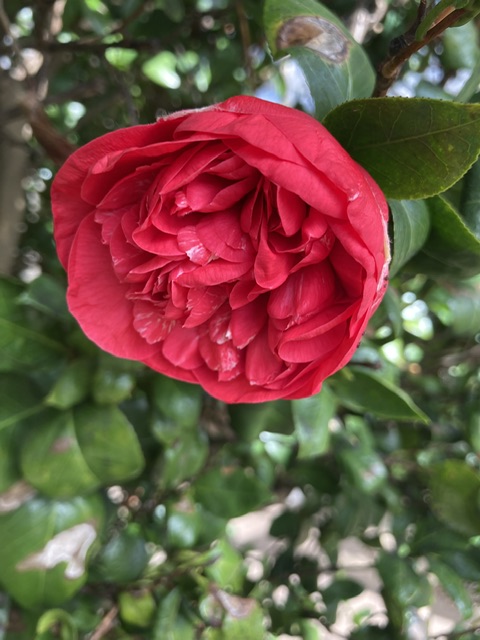
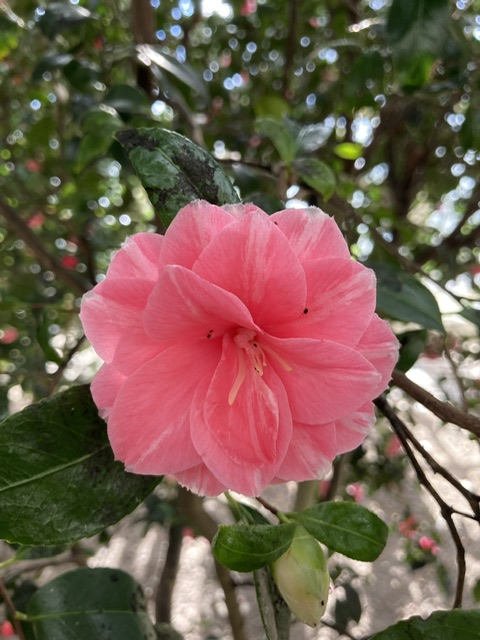

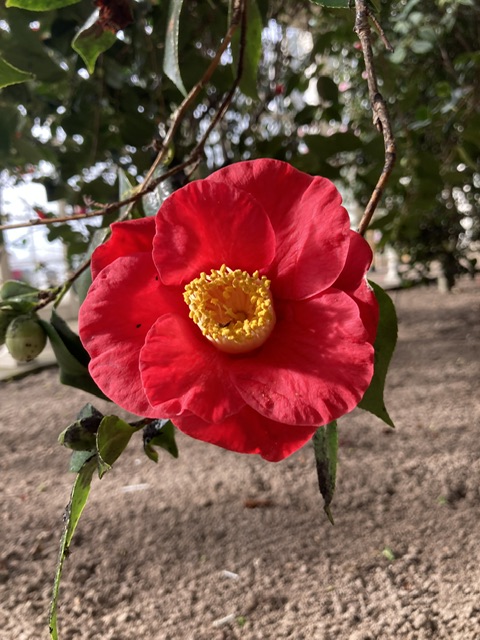



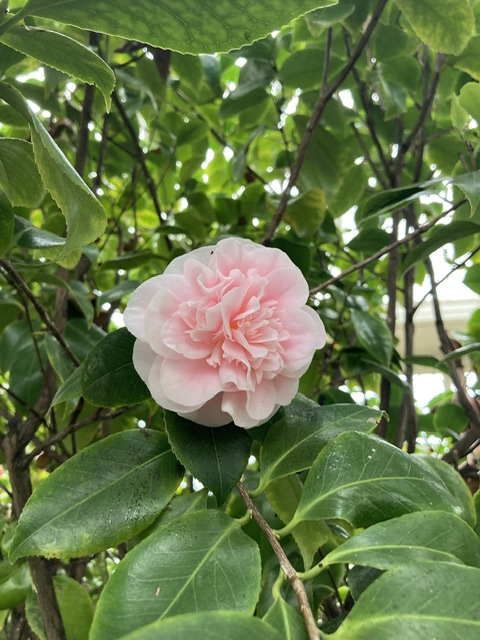

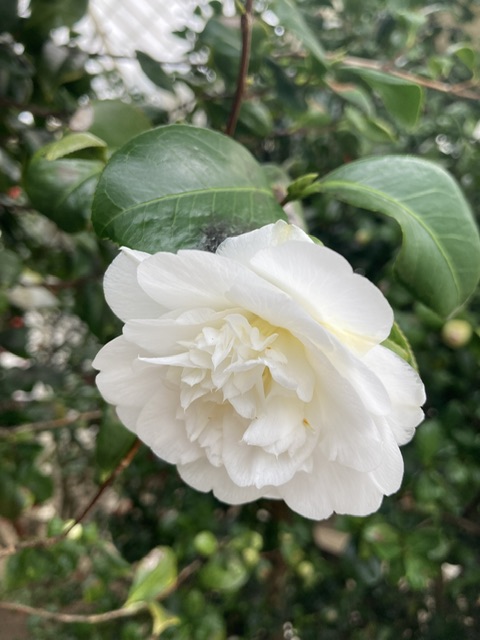
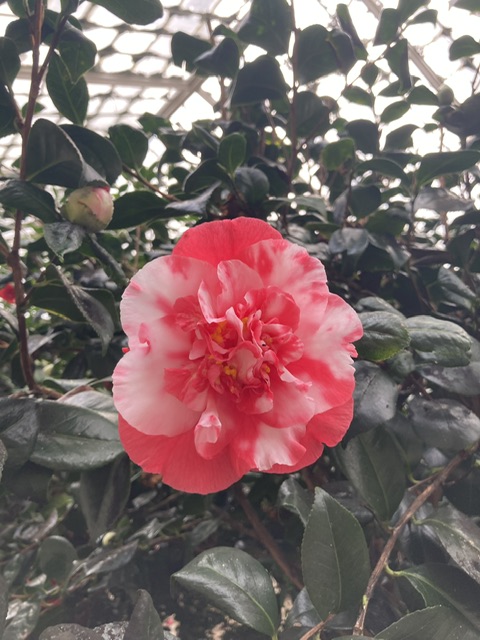
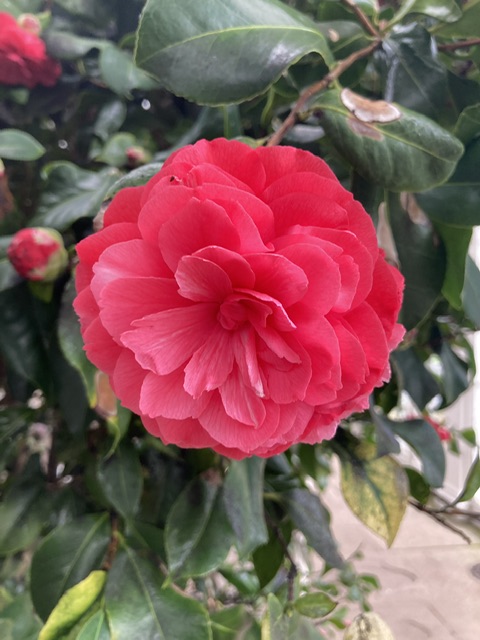
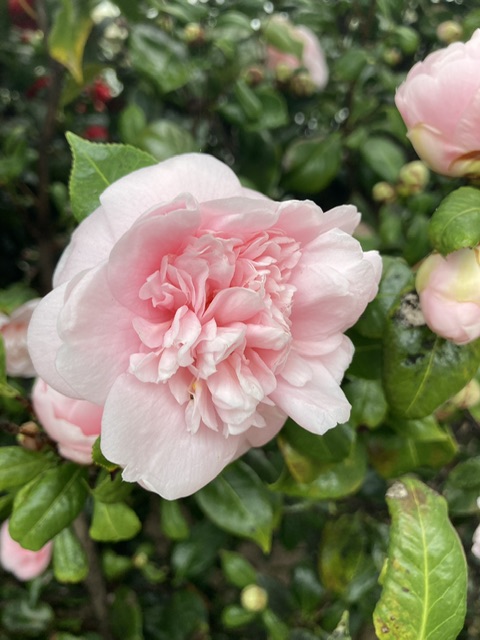
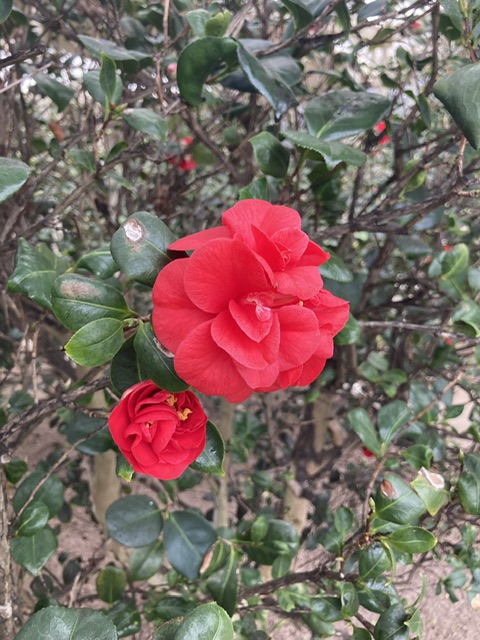
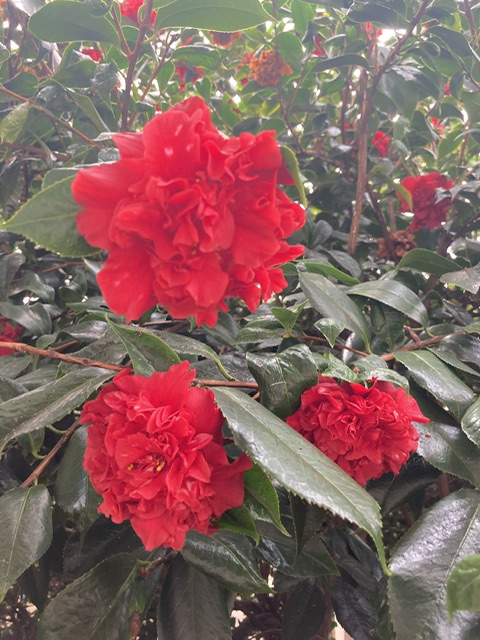


The identifications above are our best guess, and not authoritative, but consistent with the information from the Hardy Plant Society. If you can help correct any misidentification please let us know.
The Nottingham Hardy Plant Society has some good information on the Camellia House, including planting plans from 2004 showing where many of the above Camellias are and a 360 Panorama which allows you to view the Camellia House online.
Sporting Camellias
Some of the Camellias display flowers in different colours. This is called sporting, where the flower displays characteristics different from the original plant.
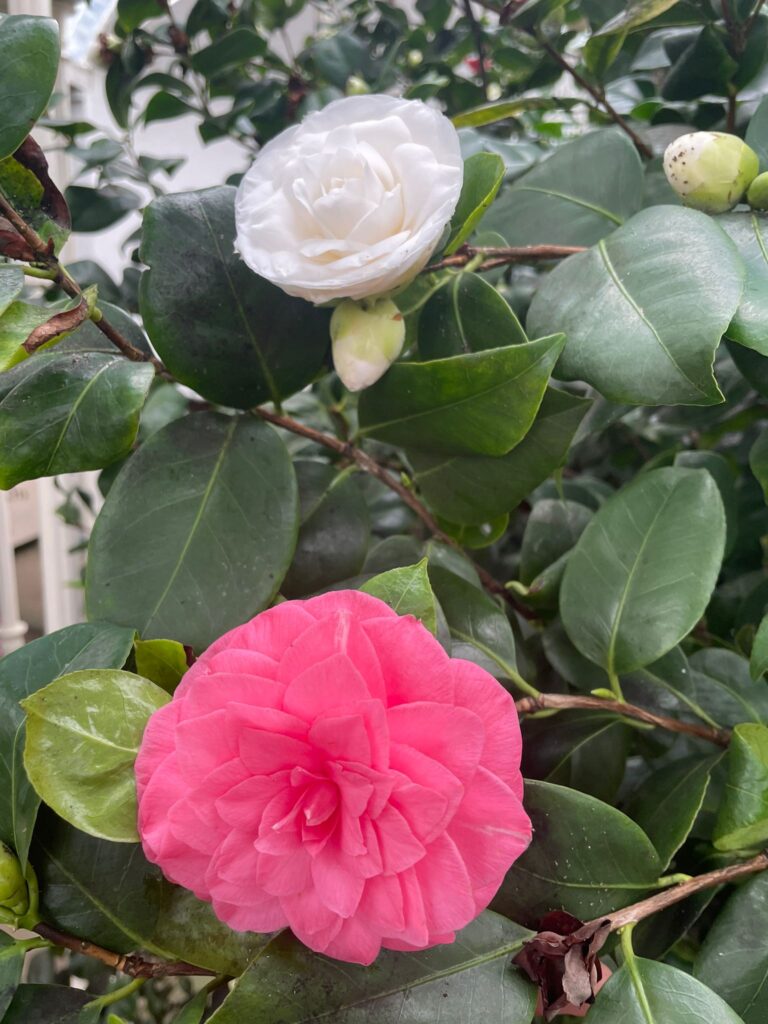
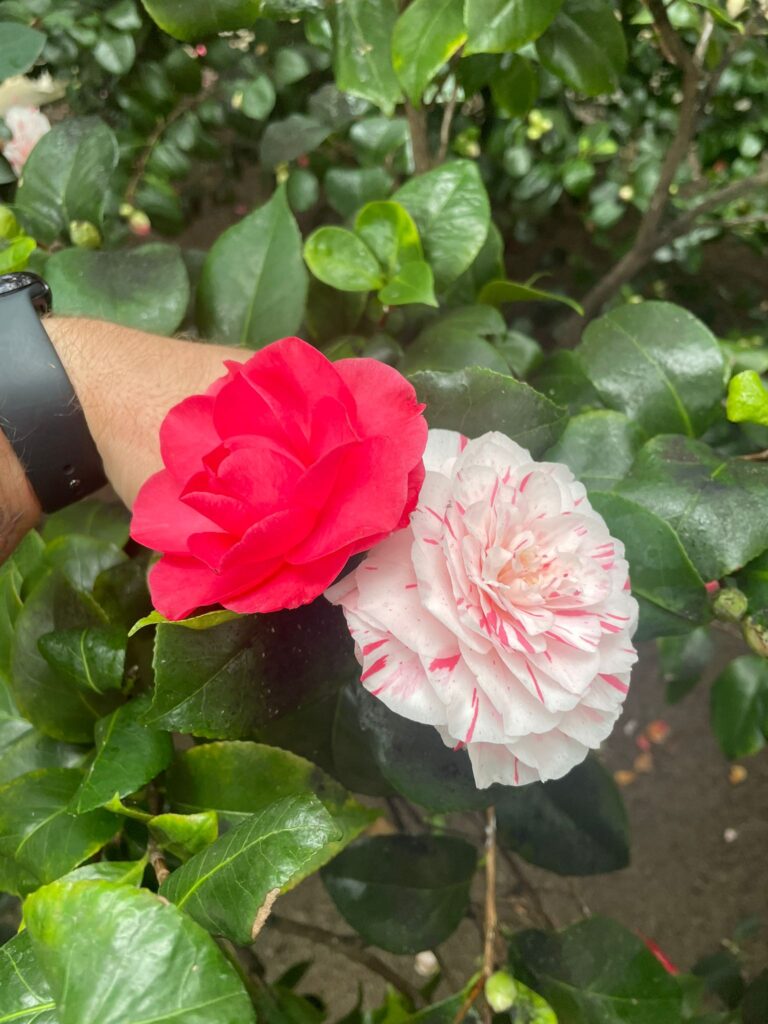
Photographs used on this web page are reproduced with the original artist’s permission. Copyright © for each picture remains with the original artist, who is duly acknowledged for their contribution.
On this page:
- Colin Robbins – Camellia Gallery.
- Kyle Heesom – Sporting Camellias.
- Graham Woodward – Flickr Images of Camellia House





